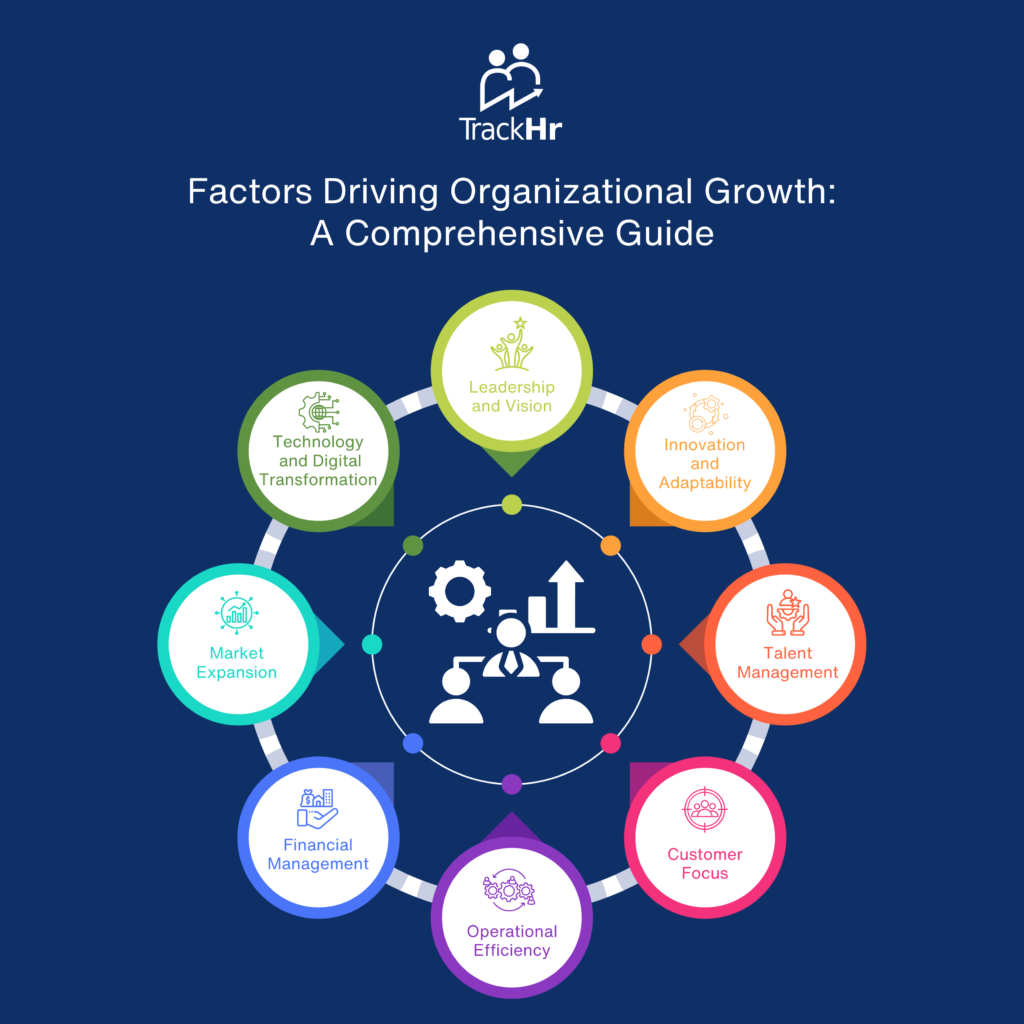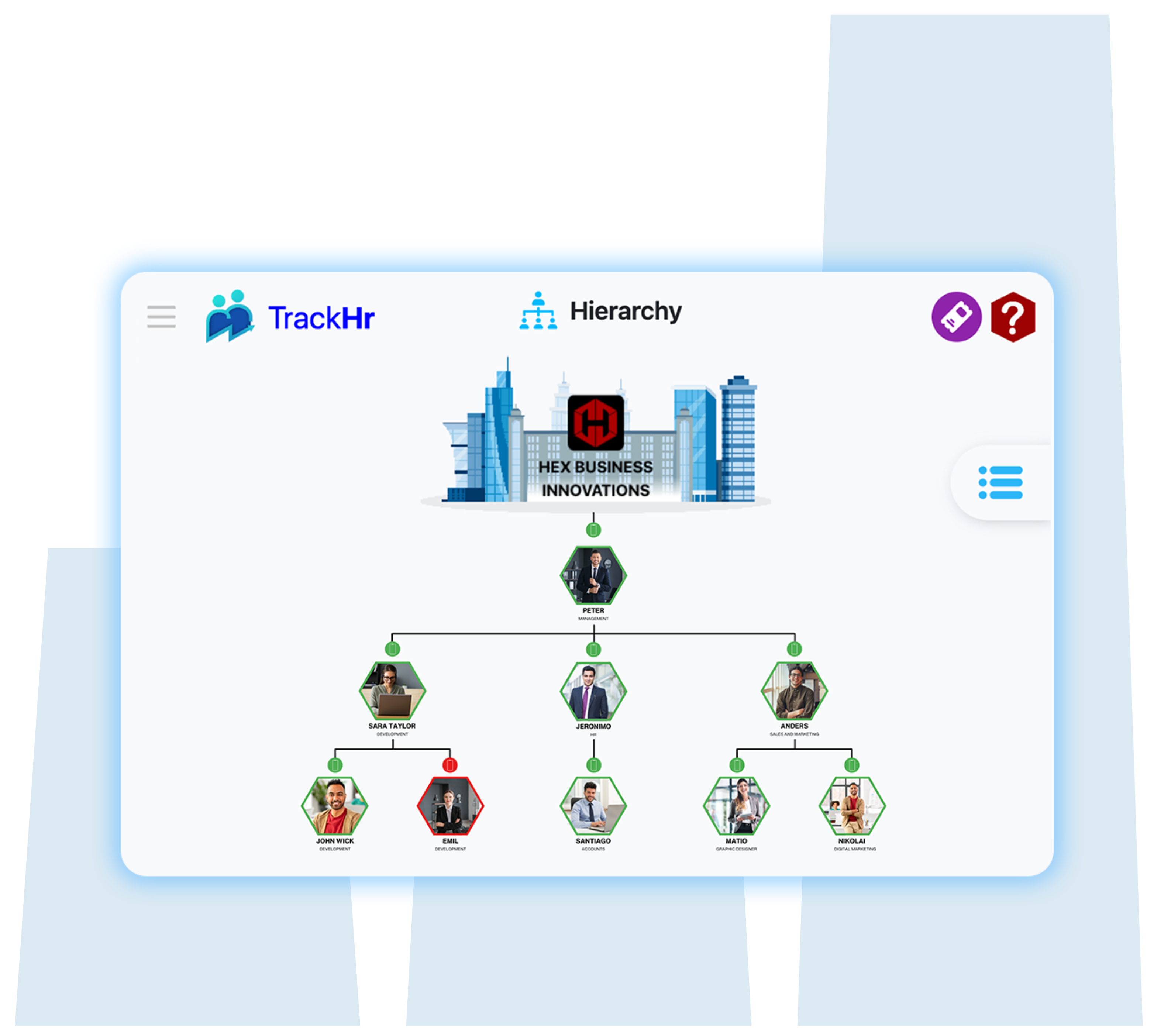Saturday, 08 June 2024
Factors Driving Organizational Growth: A Comprehensive Guide
Growth is the lifeblood of any organization. It signals not only the success of the company but also its potential for sustainability and long-term prosperity. Understanding the factors that drive organizational growth is essential for leaders, managers, and stakeholders aiming to propel their businesses forward. In this blog, we will explore the key factors responsible for fostering growth in an organization.

1. Leadership and Vision
Leadership
Effective leadership is a cornerstone of organizational growth. Leaders set the tone, culture, and strategic direction of the company. They inspire and motivate employees, driving them towards achieving common goals. Visionary leaders are able to anticipate market trends, navigate through challenges, and make decisions that promote growth.
Vision
A clear and compelling vision provides a roadmap for the future. It aligns the efforts of all members of the organization and helps in setting priorities. A well-communicated vision fosters a sense of purpose and direction, ensuring everyone is working towards the same objectives.
2. Innovation and Adaptability
Innovation
Innovation is the engine that drives growth in today’s fast-paced business environment. Organizations that continuously innovate can develop new products, improve services, and enhance processes. Innovation can come from within through research and development or from outside through acquisitions and partnerships.
Adaptability
The ability to adapt to changing market conditions, consumer preferences, and technological advancements is crucial. Organizations that are agile and flexible can quickly respond to new opportunities and threats, maintaining their competitive edge.
3. Talent Management
Hiring and Retaining Talent
Attracting and retaining top talent is fundamental for growth. Skilled and motivated employees contribute to higher productivity, creativity, and efficiency. A strong employer brand, competitive compensation, and a positive work culture are key to retaining talent.
Employee Development
Investing in employee development through training and continuous learning opportunities helps in building a capable and adaptable workforce. Organizations that prioritize employee growth often see higher levels of engagement and performance.
4. Customer Focus
Understanding Customer Needs
Organizations that prioritize understanding and meeting customer needs tend to grow faster. Conducting market research, gathering customer feedback, and staying attuned to customer preferences enable companies to offer products and services that resonate with their target audience.
Customer Experience
Providing exceptional customer service and creating a positive customer experience foster loyalty and repeat business. Satisfied customers are more likely to become brand advocates, helping to attract new customers through word-of-mouth and referrals.
5. Operational Efficiency
Process Optimization
Streamlining operations and improving efficiency can lead to significant cost savings and higher profit margins. Lean management practices, automation, and the adoption of new technologies can enhance productivity and reduce waste.
Quality Management
Maintaining high standards of quality in products and services builds trust with customers and reduces the risk of defects and returns. A focus on quality can differentiate an organization from its competitors and contribute to long-term success.
6. Financial Management
Strategic Investment
Prudent financial management involves making strategic investments in areas that drive growth, such as technology, marketing, and talent acquisition. Organizations need to balance short-term costs with long-term benefits to ensure sustainable growth.
Cash Flow Management
Effective cash flow management ensures that an organization has the liquidity needed to meet its obligations and invest in growth opportunities. Monitoring cash flow and maintaining healthy reserves can prevent financial bottlenecks.
7. Market Expansion
Geographic Expansion
Entering new markets, whether domestic or international, can provide significant growth opportunities. Geographic expansion allows organizations to tap into new customer bases and diversify their revenue streams.
Product Diversification
Diversifying the product or service portfolio can mitigate risks and drive growth. Introducing new products or services that complement existing offerings can attract new customers and increase sales from existing ones.
8. Technology and Digital Transformation
Technology Adoption
Embracing new technologies can enhance operational efficiency, improve customer experiences, and create new business opportunities. Organizations that leverage data analytics, artificial intelligence, and other advanced technologies are better positioned to grow.
Digital Transformation
Digital transformation involves integrating digital technologies into all areas of the business, fundamentally changing how it operates and delivers value to customers. This transformation can lead to improved efficiencies, new revenue streams, and a more agile organization.
Conclusion
Organizational growth is a multifaceted endeavor that requires a strategic and holistic approach. By focusing on strong leadership, fostering innovation, managing talent effectively, prioritizing customer needs, optimizing operations, managing finances prudently, expanding markets, and embracing technology, organizations can create a robust foundation for sustainable growth. Each of these factors plays a critical role, and their combined impact can propel an organization to new heights of success.



